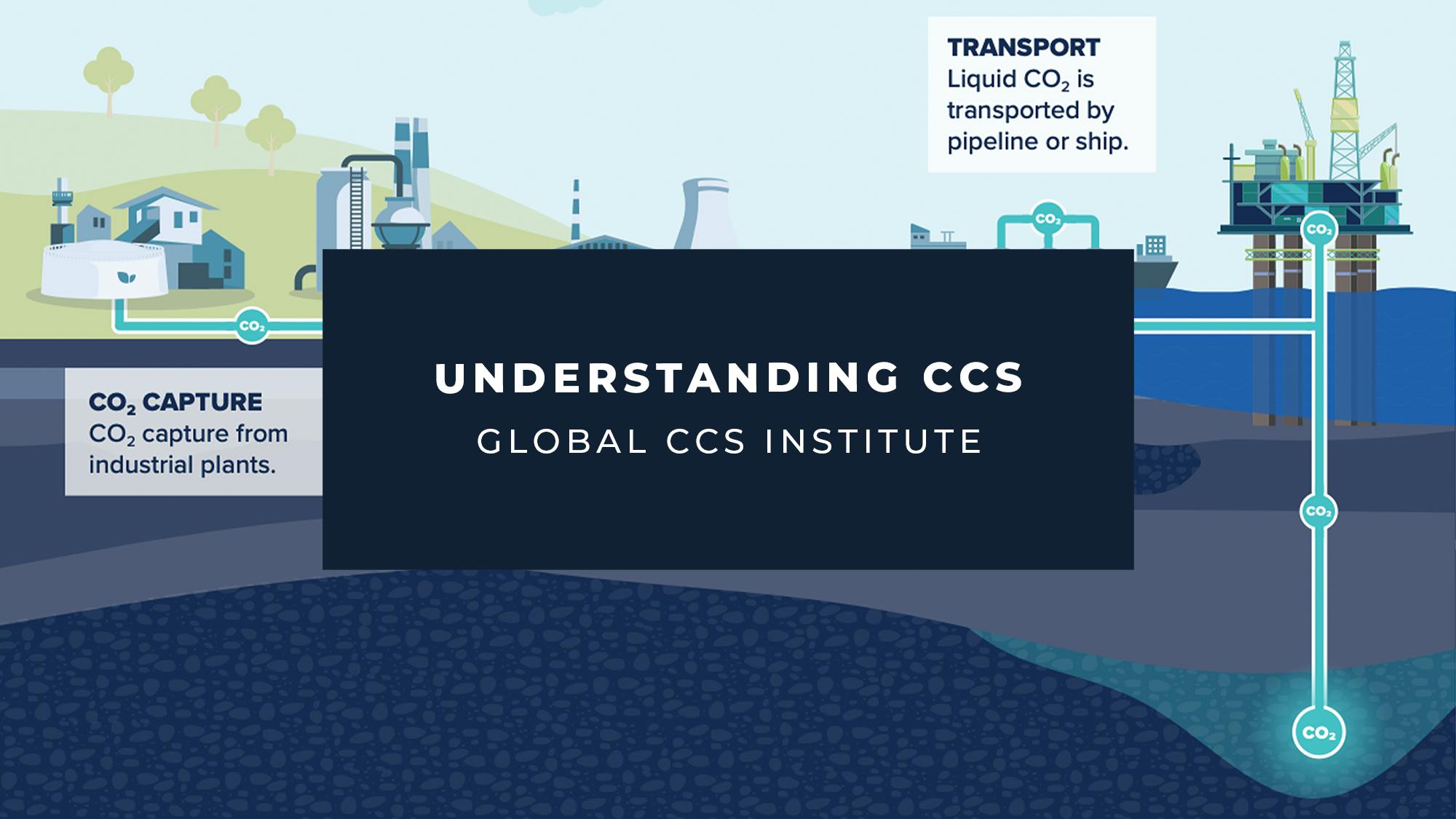
Understanding CCS
A brief explainer outlining the three key steps involved in CCS – capture, transport and storage.
“Carbon Capture and Storage” or “CCS” is a term that refers to technologies that capture the greenhouse gas carbon dioxide (CO2) and store it safely underground, so that it does not contribute to climate change.
CCS includes both capturing CO2 from large emission sources (referred to as point-source capture) and also directly from the atmosphere.
Point-source capture is when a large emission source, like an industrial facility, is equipped with technology allowing the capture and diversion to storage of CO2, preventing it from being emitted.
It is also possible to remove historical CO2 emissions, those that are already in the atmosphere, through direct air capture and storage (DACCS) or bioenergy with capture and storage (BECCS).
CCS can be applied across sectors vital to our economy, including cement, steel, fertilisers, power generation and natural gas processing, and can be used in the production of clean hydrogen.
Understanding CCS
Read hereMore
Discover innovative approaches to carbon capture, storage and usage



